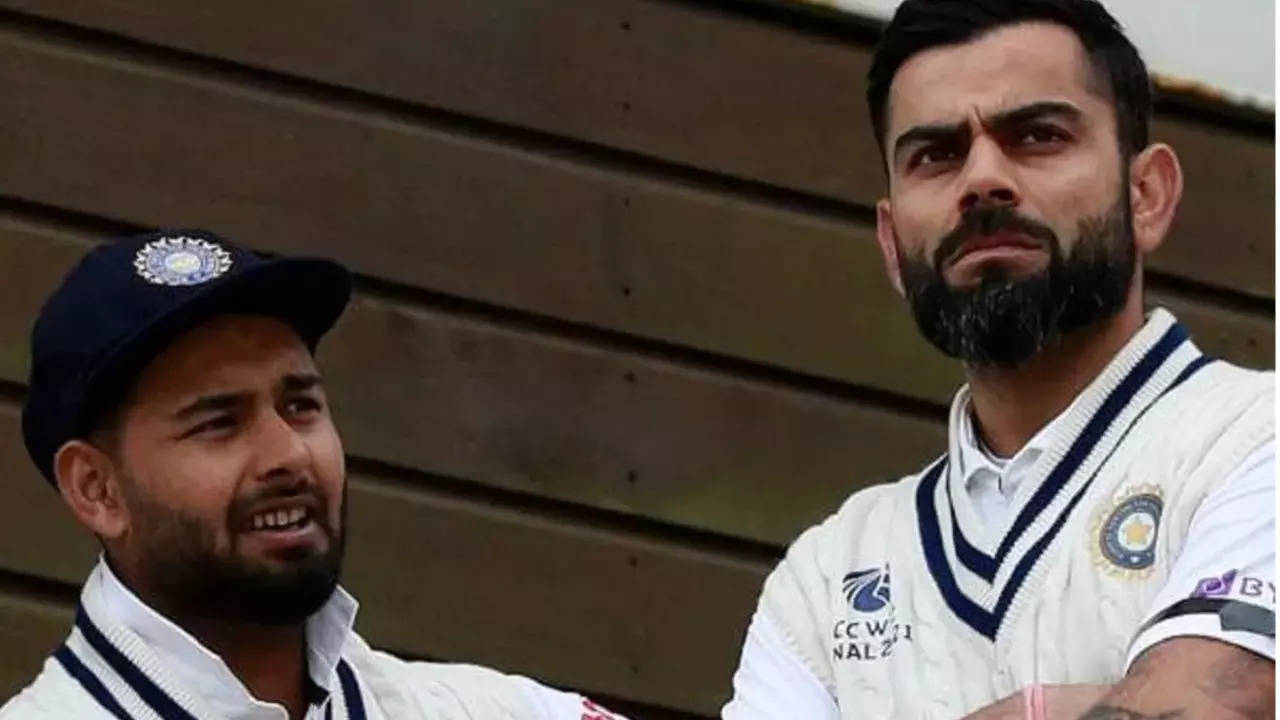 |
|
The upcoming Border-Gavaskar Trophy between India and Australia is generating significant buzz, especially after India's recent whitewash against New Zealand. The five-match Test series, kicking off in Perth on November 22nd, has heightened anticipation among cricket fans worldwide. However, the recent intra-squad match held as a practice session for the Indian team has revealed some concerning trends among key players, underscoring the challenges ahead for the Indian side. The performance disparity between the young Yashasvi Jaiswal and established players like Virat Kohli and Rishabh Pant highlights potential vulnerabilities in the team's batting order. Jaiswal's impressive fifty, in stark contrast to the struggles of other senior batsmen, signals a potential shift in India's batting dynamics and suggests the emergence of a strong young talent ready to step up on the big stage.
Yashasvi Jaiswal's commanding performance in the intra-squad match is a particularly noteworthy event. His ability to navigate the pace and bounce of the WACA track, ultimately scoring a quick-fire 52 before being dismissed, underscores his potential to thrive under pressure. His aggressive early approach, moderated into a more cautious strategy as the match progressed, showcases his adaptability and game awareness. This performance contrasts sharply with the underwhelming showings of other senior players, raising questions about their form and readiness for the challenging Australian conditions. While Jaiswal's success shouldn't overshadow the importance of experienced players, it certainly suggests a promising future for the young batsman and highlights the potential depth within the Indian cricket team.
In contrast to Jaiswal's success, the struggles of established players like Rishabh Pant are a significant cause for concern. Pant's dismissal twice during the match simulation by Nitish Kumar Reddy points to a potential lack of form or readiness for the series. While his brief 30-run innings showcased glimpses of his potential, his inability to sustain his performance and his reportedly jaded performance due to a groin injury raises questions about his overall fitness and ability to perform at his best during the upcoming matches. These concerns, coupled with the finger injury sustained by Shubman Gill, add another layer of complexity to India's preparations for the challenging Australian team and conditions.
Shubman Gill's finger injury is another blow to the Indian team's preparations. While the extent of the injury and his availability for the first Test remain uncertain, the news itself is unsettling. The medical team's monitoring of his condition underscores the seriousness of the situation and the potential impact on India's batting lineup. The uncertainty surrounding Gill's participation highlights the unpredictable nature of professional sports and the crucial role of fitness and injury management in determining a team's success. This uncertainty underscores the need for strategic planning and the identification of backup players capable of filling any gaps in the batting order should Gill be unable to participate.
The intra-squad match provided a valuable snapshot of the Indian team's readiness for the Border-Gavaskar Trophy. While Jaiswal's performance offered a glimpse of hope, the struggles of Pant and the injury to Gill cast a shadow over India's prospects. The upcoming matches will be a crucial test for the Indian team, revealing whether they can overcome these setbacks and produce a strong performance against a formidable Australian side. The contrast between Jaiswal’s emergence and the performance struggles of senior players emphasizes the ever-changing dynamics within international cricket and the importance of adaptability and strategic depth in team management. The upcoming series will provide a definitive measure of India's ability to overcome these challenges and mount a successful campaign against the strong Australian contingent.
